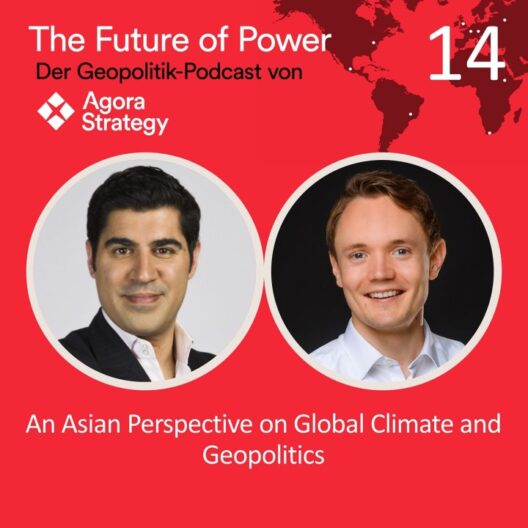The realm of physics has long been intrigued by the enigmatic nature of energy and matter, stirring debate and curiosity among scientists and laypeople alike. One of the most compelling questions that arises in the study of energy interactions is whether nuclear fusion, a process wherein atomic nuclei meld to form a heavier nucleus, contravenes the revered Law of Conservation of Energy. This law, which asserts that energy cannot be created or destroyed, only transformed, finds its relevance in myriad scientific explorations and technological innovations. Fusion, particularly in the context of stars like our sun, epitomizes an intersection of energy transformation that captivates the imagination.
Understanding the principles underlying nuclear fusion requires a foray into atomic structure and energy dynamics. At the heart of fusion lies the interaction of atomic nuclei, predominantly isotopes of hydrogen—deuterium and tritium. When these isotopes collide at exceedingly high temperatures, typically exceeding millions of degrees Celsius, they possess sufficient kinetic energy to overcome their electrostatic repulsion due to positively charged protons. Upon successfully merging, the resultant nucleus is often helium, accompanied by the release of substantial amounts of energy.
This energy release can be quantitatively expressed through Einstein’s famous equation, E=mc², which posits that energy (E) is equivalent to mass (m) multiplied by the speed of light (c) squared. The key insight here is the mass of the resulting nucleus is marginally less than the combined mass of the original reactants. The “missing” mass manifests as energy during the fusion process, thereby supporting the Law of Conservation of Energy rather than violating it. Rather, fusion illustrates an elegant transformation, where mass is converted into energy, reaffirming the principles laid out by classical physics.
The fascination with fusion extends beyond mere scientific curiosity; it hints at profound implications for humanity’s energy landscape. Fusion energy, heralded as a potential answer to our ever-growing appetite for cleaner, sustainable energy sources, holds the promise of a seemingly inexhaustible power supply. Unlike fossil fuels, fusion produces minimal greenhouse gas emissions and generates less radioactive waste. The ability of fusion reactors to harness the abundant isotopes found in seawater posits a future where energy scarcity may become an obsolete concern.
However, the quest for practical fusion energy is fraught with challenges. Achieving the necessary conditions for fusion—extensive heat and pressure—entails significant technological ingenuity. Current methodologies, such as magnetic confinement in tokamaks or inertial confinement employing lasers, experience considerable limitations in efficiency and feasibility. The pursuit has sparked an unprecedented level of collaboration among nations and institutions, underscoring the global acknowledgment of the need for sustainable energy solutions amidst rising climate catastrophes and environmental degradation.
Critical to understanding the implications of fusion is recognizing its role within the broader context of energy dynamics on Earth. The sun, functioning as a colossal fusion reactor, exemplifies nature’s ability to sustain complex life forms through fusion processes. The energy generated in the sun’s core traverses space to reach Earth, facilitating photosynthesis, regulating climate, and supporting various ecological systems. Neglecting the intricate ties between fusion energy and ecological stability neglects the very foundations of our existence.
Yet, the allure of fusion is not solely based on its potential to mitigate climate crisis; it beckons to a philosophical contemplation of energy itself. The process raises questions about our conceptualization of energy—its origins, transformations, and ultimate destinations. It underscores the importance of stewardship over energy resources, compelling humanity to ponder not only how we generate energy but how we interact with it sustainably.
Despite the promise that fusion energy holds, misconceptions and skepticism persist. Some posit that fusion, as an endeavor, echoes the failures associated with uncontrolled nuclear fission experiments, breeding fears rooted in historical precedents. This concern necessitates robust dialogue aimed at demystifying the technology and its safety implications. Moreover, an educational revolution is imperative; improving public understanding of the science behind fusion can transform trepidation into acceptance and support.
In light of contemporary environmental challenges, the appeal of fusion cannot be overstated. The urgency for viable alternatives to fossil fuels necessitates concerted efforts in the field of fusion research. Innovations must be coupled with transparent discourse to facilitate policy changes and public investment in sustainable technologies. The global community must unite to ensure that the exploration of fusion does not become a mere academic endeavor but rather a beacon of hope for generations to come.
Indeed, the pursuit of fusion energy reflects a microcosm of humanity’s relationship with nature—an intricate dance of curiosity, innovation, and responsibility. As society stands on the precipice of transformative energy technologies, the exploration of fusion should elicit not just scientific inquiry but also moral contemplation regarding the stewardship of our planet’s resources. As we peer into the cosmos and beyond, let us forge a path that harmonizes energy production with environmental conservation, thereby ensuring a sustainable legacy for all life on Earth.
In conclusion, fusion does not break the Law of Conservation of Energy; rather, it exemplifies its underlying principles through a dynamic interplay of mass and energy. This power puzzle not only captivates the mind but also beckons humanity to reconsider its relationship with energy consumption and environmental stewardship. The journey toward harnessing fusion energy is laden with challenges, yet it remains an essential pursuit for a sustainable and harmonious future.








